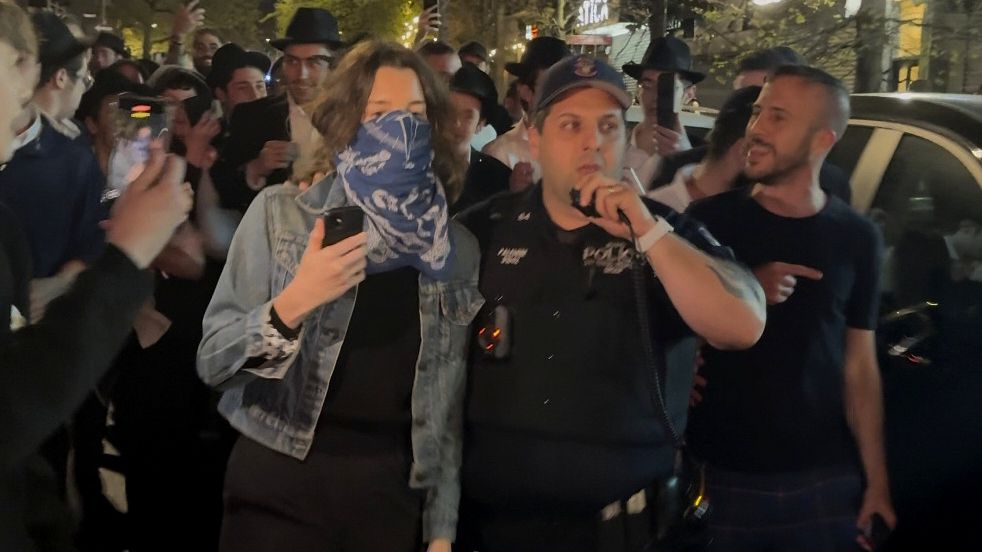For many of us who called Crown Heights home, the violence that began on August 19, 1991 seemed like something out of a movie.
"I remember vividly Utica Avenue being destroyed, cars being set on fire, people looting, people being beat up," said Gabrielle Flateau. The Crown Heights resident is a life-long best friend and neighbor of NY1 reporter Lori Chung.
"We were just kids taking it all in,” Chung said.
It started with the shock and anger that spread among Black residents after a story spread that seven-year-old Gavin Cato was struck and killed by a Jewish driver and that the little boy wasn't treated by a volunteer Hasidic ambulance that arrived at the scene of the accident. Hours later, student Yankel Rosenbaum was attacked and stabbed to death as mob violence took over the streets.
"There was a police car I think, I just remember them rocking it and flipping it over," said Chung.
"We would go outside and try to see what was going on in the neighborhood and then when we learned that they had actually murdered someone in retaliation that was, like, added, added double fear," said Flateau.
Devorah Halberstam was a young mother in 1991 also watching the chaos unfold, the result of simmering tensions between the two communities finally boiling over.
"We were under siege and I do remember a bunch of kids running along Eastern Parkway screaming Hitler didn't finish," said Halberstam.
She is a self-described bridge builder who got to work as a community leader to ease tensions. She’s continuing that work, even after her own son Ari was shot and killed three years later in a deadly anti-semitic ambush on the Brooklyn Bridge.
"We have to learn lessons that it must never ever happen again," she said. "I was present then as you were, but I'm present now and I still live in Crown Heights and I am proud to say living post the Crown Heights riots, that I am one of the people who helped make things better."
Flateau still lives there too and is optimistic that lessons were learned.
"Before then we didn't really communicate or engage or involve with the other races in the neighborhood,” she said. "I think now things have changed and there's much more open communication."
A hopeful sign for the future.







_Pkg_Car_Stolen_with_Child_Inside_Clean_FOR_APPROVAL_134114017_565)

